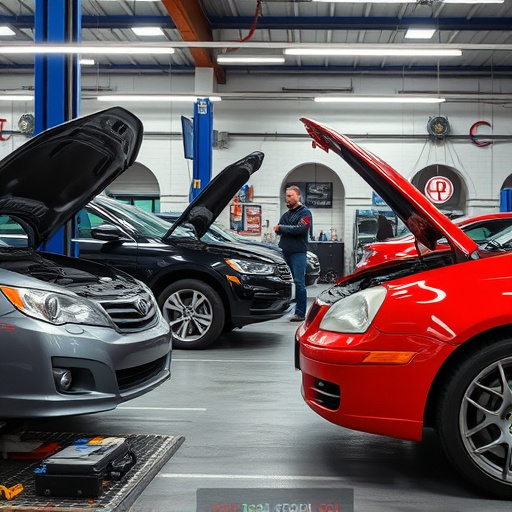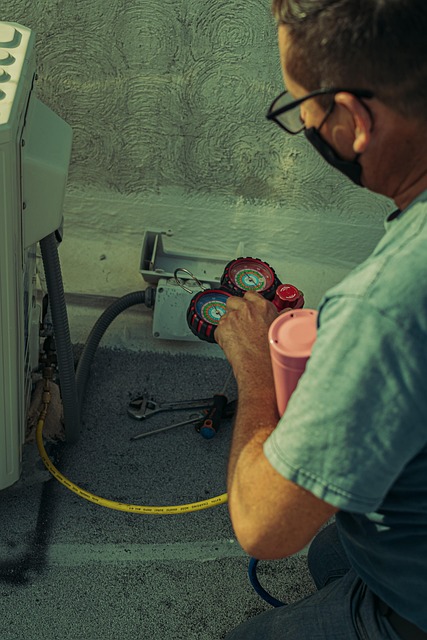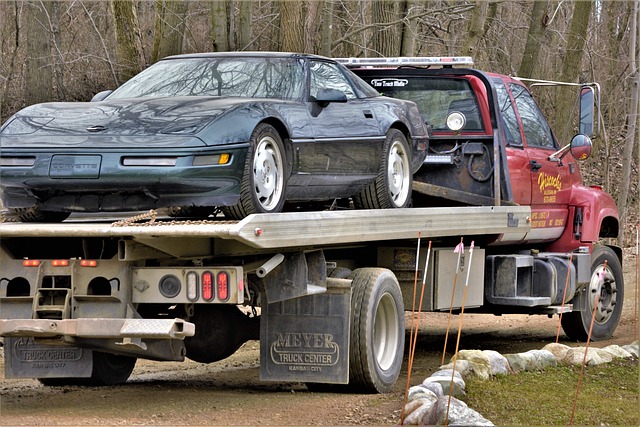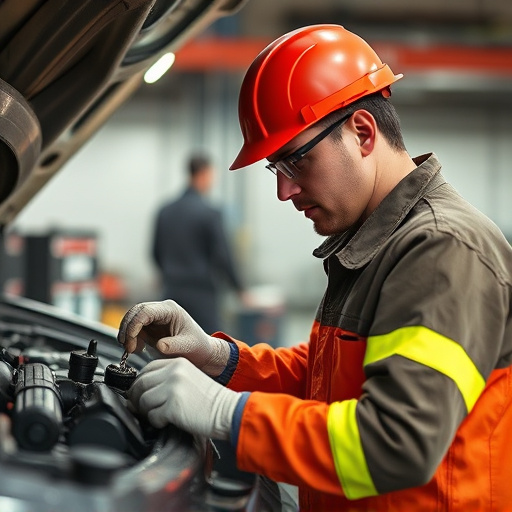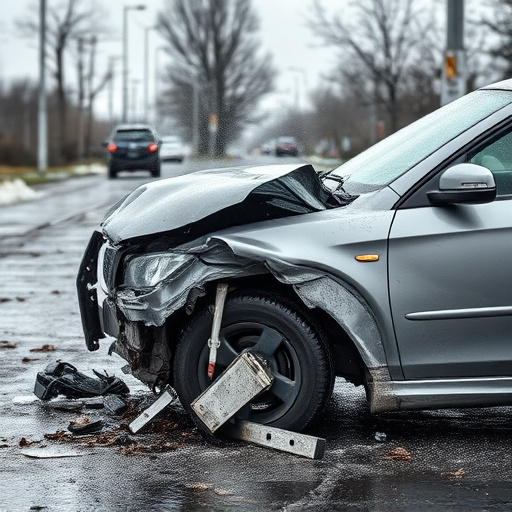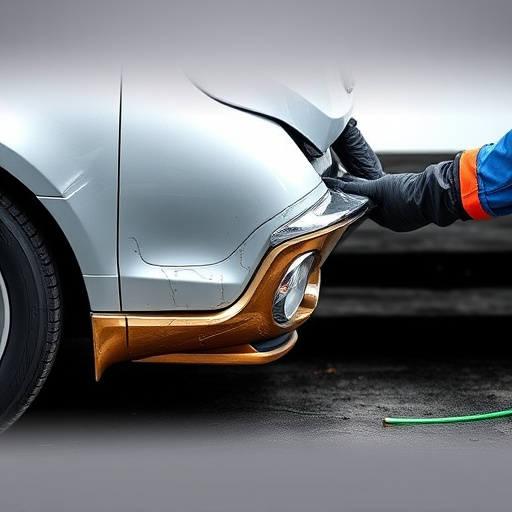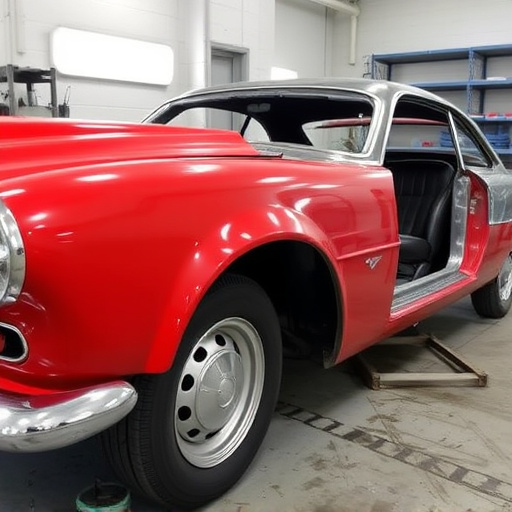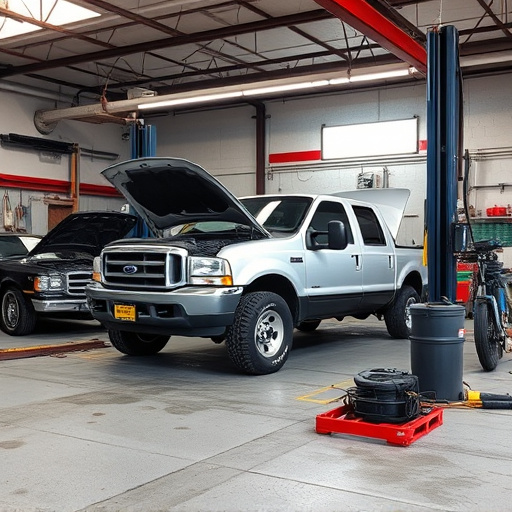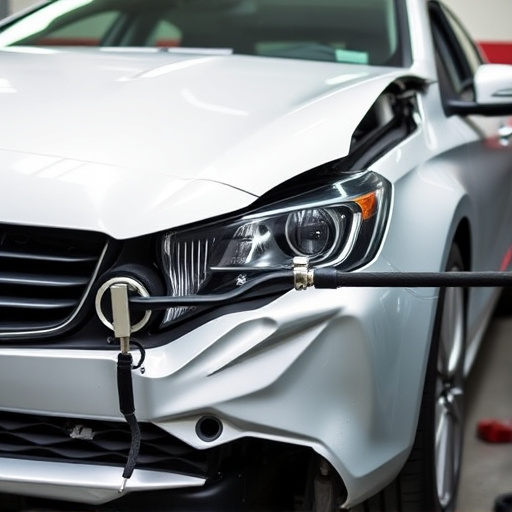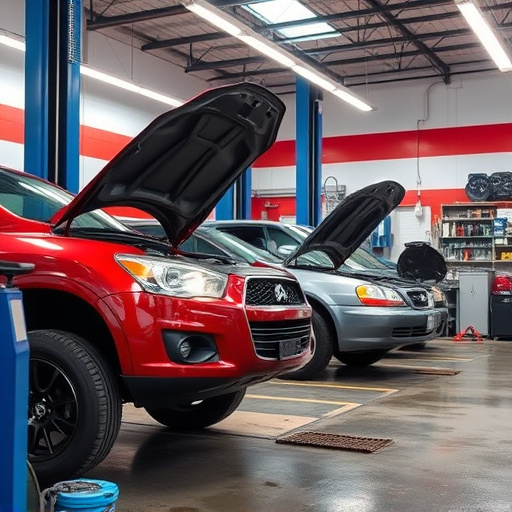Understanding AC system fundamentals is crucial for effective collision repair. This involves knowledge of components, refrigerant types, and safety protocols. Strict adherence to safety measures, including PPE and proper ventilation, is vital for technician protection. A structured approach includes inspection, safe refrigerant handling, component assessment, replacement/repair, charging, and performance testing. For expert repairs, specialized body shop services ensure top-tier AC system collision repair quality and longevity.
In the realm of automotive collision repair, addressing air conditioning (AC) systems is a delicate process that requires professional expertise. This article provides comprehensive guidance for technicians seeking to master AC system collision repair. We explore essential basics, safety protocols, and efficient repair methods. By understanding the intricacies of AC systems and implementing structured approaches, professionals can ensure high-quality restoration, maintaining comfort and efficiency in every vehicle they restore. Discover expert tips for navigating this critical aspect of collision repair.
- Understanding AC System Basics for Effective Collision Repair
- Safety Protocols: Protecting Technicians During Collision Repair
- Efficient Repairs: Step-by-Step Guide to AC System Collision Restoration
Understanding AC System Basics for Effective Collision Repair

Understanding the fundamentals of an AC (air conditioning) system is crucial for effective collision repair. The AC system in vehicles isn’t just about cooling; it’s a complex network of components working together to regulate temperature and ensure passenger comfort. This includes condensers, evaporators, refrigerant lines, and compressors—each playing a vital role in the cooling process. For auto body repair professionals, knowing how these parts interact is key. It enables them to accurately assess damage during collision repair services, ensuring that every part of the AC system is properly addressed for optimal performance post-repair.
When navigating AC system collision repair, remember that proficiency isn’t just about fixing leaks or replacing worn-out components; it involves a deep understanding of refrigerant types, charging procedures, and environmental considerations. Today’s car repair services often involve advanced diagnostic tools to pinpoint issues with precision. This knowledge ensures that not only is the AC system restored to its pre-collision efficiency but also that energy efficiency and safety standards are maintained, making the car body shop a reliable resource for top-tier auto body repair.
Safety Protocols: Protecting Technicians During Collision Repair

In the high-pressure environment of collision repair, ensuring the safety of technicians is paramount. When addressing AC system collision repair, specific precautions must be taken due to the intricate nature of automotive components and potential hazards associated with refrigerant exposure. Technicians should always wear appropriate personal protective equipment (PPE), including gloves, safety glasses, and respirators designed to filter out harmful chemicals.
Furthermore, proper ventilation is critical in containing fumes and vapors released during collision repair processes, particularly when dealing with vehicle dent repair or body panel replacement. Utilizing well-maintained extraction systems and ensuring adequate airflow can significantly reduce the risk of inhalation issues related to AC system components. Prioritizing safety protocols not only protects technicians but also contributes to the overall quality and longevity of the repair work.
Efficient Repairs: Step-by-Step Guide to AC System Collision Restoration
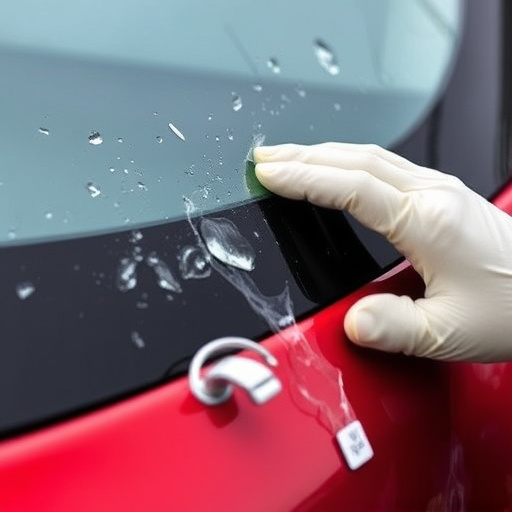
Efficient AC System Collision Repair: A Step-by-Step Guide to Restoration
When dealing with an AC system collision repair, a systematic approach is key. Begin by thoroughly inspecting the damaged area, identifying any leaks or component failures within the AC system. This meticulous process ensures that every issue is accurately diagnosed, allowing for precise repairs. Next, evacuate the refrigerant using specialized equipment, as it’s crucial to handle and dispose of this hazardous substance safely.
After that, disassemble the compromised components, carefully separating them for individual assessment. Repair or replace faulty parts, ensuring they meet industry standards. Reassemble the system, charging it with the appropriate refrigerant and testing its performance. This meticulous step-by-step process guarantees a fully restored AC system, restoring comfort to your vehicle after any collision damage. For comprehensive solutions, consider professional body shop services that specialize in these intricate repairs.
In light of the above discussions, it’s clear that professional AC system collision repair demands a blend of technical expertise and safety consciousness. By understanding the basics of AC systems, adhering to stringent safety protocols, and employing efficient repair methods, technicians can ensure optimal restoration for vehicles. These strategies not only streamline the repair process but also enhance customer satisfaction, highlighting the importance of knowledgeable and diligent professionals in the automotive industry, particularly when it comes to AC system collision repair.
